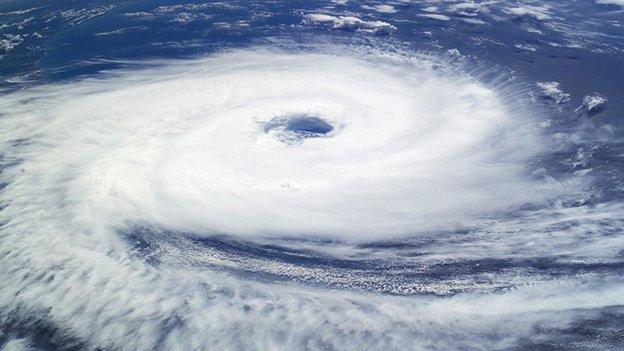US unveils sharp curbs on coal power plants
- Published
Aleem Maqbool reports from "coal country" in West Virginia
The Obama administration has proposed strong new rules targeting coal-burning power plants in an effort to curb global warming.
The Environmental Protection Agency's (EPA) Clean Power Plan seeks to cut carbon emissions by 30% by 2030.
The 645-page rule is a centrepiece of President Barack Obama's plans to leverage similar commitments from polluting nations like China and India.
States must submit initial compliance plans by June 2016.
"We are here to protect public health and the environment," EPA Administrator Gina McCarthy said on Monday, arguing climate change was "supercharging" risks to health, communities and the economy.
"Climate inaction is costing us more money in more places, more often," she added.

The rules seek to reduce carbon emissions by 30% below 2005 levels, which the EPA says is equal to the emissions from powering more than half the homes in the US for one year.
Particle pollution, sulphur dioxide and nitrogen oxides may also be reduced by more than 25% as a co-benefit, the EPA wrote.
Critics have argued the new US rules will cause power plants to close and electricity prices to rise and could harm the economies of America's coal-producing regions.
"Today's announcement is a dagger in the heart of the American middle class," Senator Mitch McConnell, the top Republican in the Senate, said in a statement.
"The impact on individuals and families and entire regions of the country will be catastrophic, as a proud domestic industry is decimated."
But the EPA estimates the new rules will shrink electricity bills by 8% by increasing energy efficiency and reducing demand on the electricity system.
"They're wrong," Ms McCarthy said. "We have never, nor will we ever, have to choose between a healthy economy and a healthy environment."
The Democratic president has been unable to persuade Republicans in Congress to act on climate change legislation.
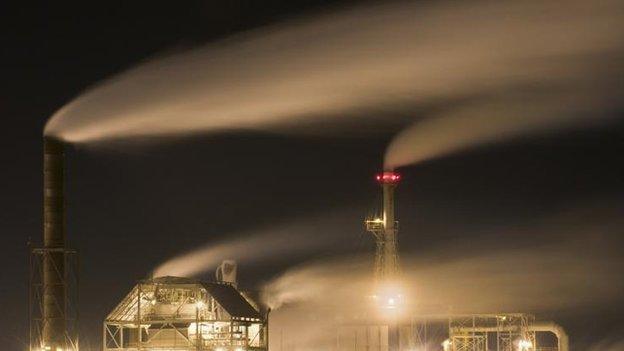
A 2010 Democratic effort to pass a bill limiting carbon-dioxide emissions and allowing companies to buy and sell permits to pollute was blocked by Senate Republicans.
Now, the Obama administration is relying on a 2007 US Supreme Court ruling that gave the EPA, part of the executive branch of the US government under Mr Obama's control, the authority to regulate carbon dioxide under the Clean Air Act without action by Congress.
But legislators in both House and Senate have already vowed to try to block the rule, including a Republican and a Democrat from coal-dependent West Virginia who say they will introduce legislation.
The new rules are expected to be finalised in June 2015 after a period of public comment.
States are then required to submit initial plans for compliance to the EPA by June 2016. They can petition for additional time - up to June 2018 - should it be required.
Strategies for state compliance may include increasing nuclear or solar power, switching to natural gas, or moving towards an emissions-trading plan known as cap-and-trade.
Not all states will be required to hit the 30% reduction. West Virginia must reduce pollution by 19%. Other states will be required to cut more, like New York at 44%. But New York is one of several that has already begun reducing its pollution output.
In a press conference on Monday, West Virginia Governor Earl Ray Tomblin, a Democrat, said this "proposal appears to realise some of our worst fears".
"If these rules are put into place, there's no question that electricity prices will skyrocket... I find it outrageous this administration would put our country at a distinct disadvantage."

- Published2 June 2014
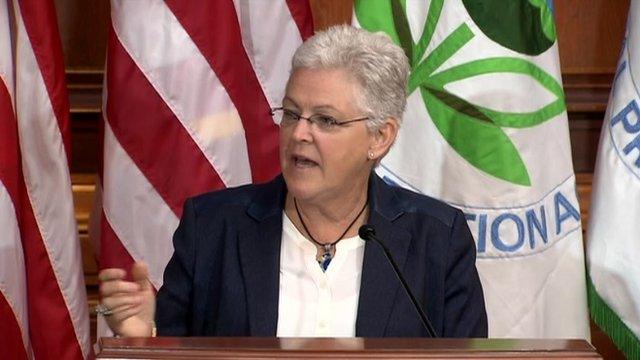
- Published2 June 2014
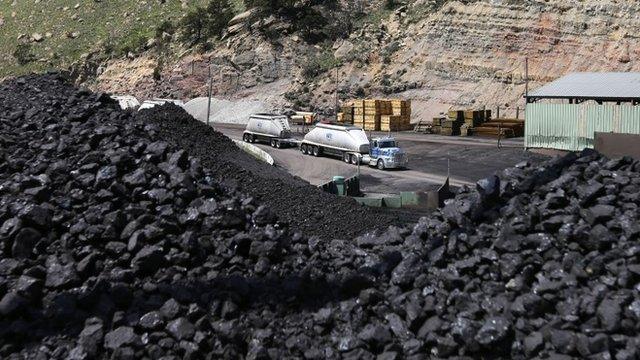
- Published2 June 2014
- Published21 May 2014
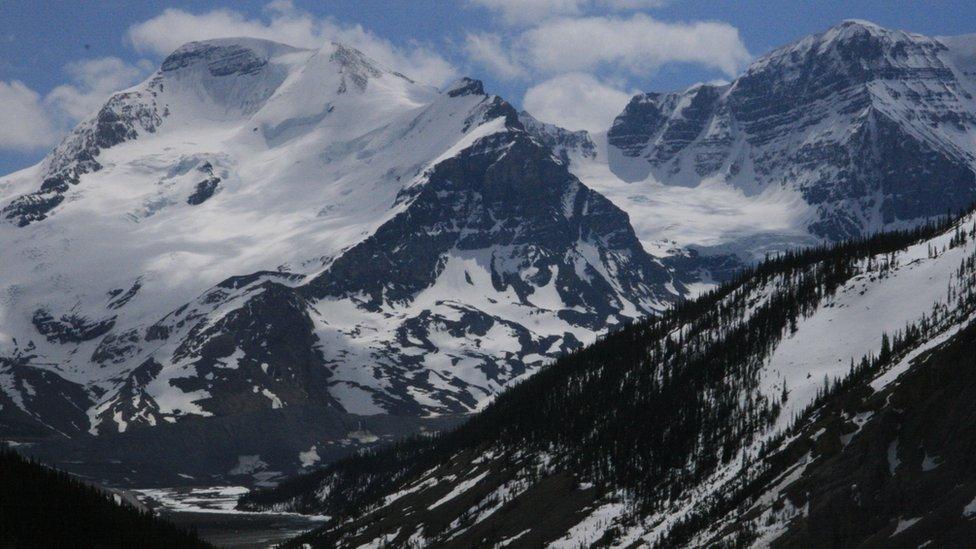
- Published14 May 2014
